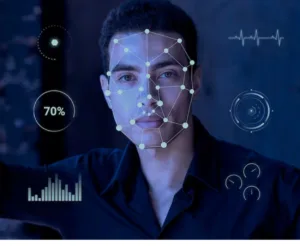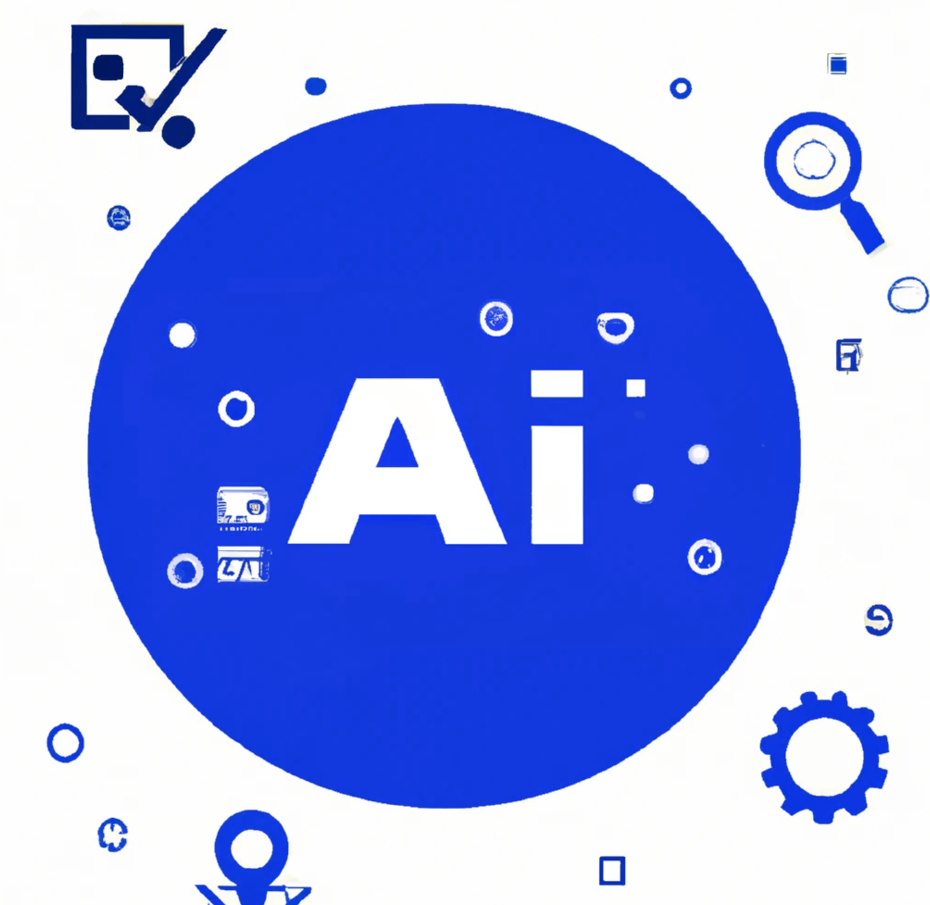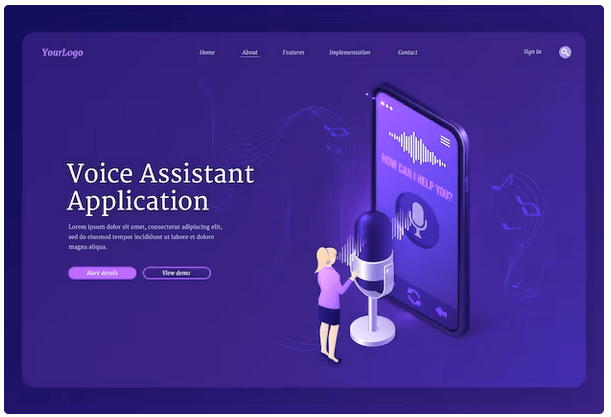
AI Detectors: The Future of Plagiarism Detection

Introduction about AI Detectors
In the ever-evolving landscape of academia, journalism, and content creation, maintaining the integrity of original work is paramount. This is where AI detectors are stepping in to revolutionize plagiarism detection. In this comprehensive blog, we’ll explore the significance of AI detectors, their capabilities, and the future they hold as the guardians of originality in the digital age.
Understanding AI Detectors
AI detectors are advanced systems designed to identify instances of plagiarism or unauthorized duplication of content. They leverage artificial intelligence, machine learning, and natural language processing to compare text and identify similarities or matches, even across vast digital libraries.
Plagiarism is the act of using someone else’s work without giving proper credit to the original author. It is unethical and illegal, and can have serious consequences.
Plagiarism detection is the process of identifying instances of plagiarism in written work. AI-powered plagiarism detection tools use machine learning algorithms to analyze large databases of text and compare them against each other to identify similarities. These tools can identify similarities between two pieces of text, even if they have been paraphrased, rephrased, or altered to avoid detection. They can also identify sources from where the content has been copied and pasted.
To avoid plagiarism, it is essential to give proper credit to the original source of information by citing references and sources used. Plagiarism detection tools can also be used by content creators to check their work before publishing it to ensure that it is original and does not contain any instances of plagiarism.
HOW AI Detectors Work
AI detectors work by using a variety of techniques to identify patterns that are common in AI-generated text. These techniques include:
- Word frequency: AI-generated text often uses words that are more common in the training data than in human-written text.
- Grammar and spelling: AI-generated text often contains grammatical errors and spelling mistakes.
- Repetitiveness: AI-generated text often repeats the same words or phrases.
- Unnaturalness: AI-generated text often sounds unnatural or robotic.
How Many AI Detectors are in Use
There are a number of different AI detector tools available, each with its own strengths and weaknesses. Some of the most popular AI detector tools include:
- GPTZero is a free and open-source AI detector that is specifically designed to detect text generated by GPT-3, GPT-4, and other large language models.
- Copyleaks is a paid AI detector that can detect text generated by a variety of AI models, including ChatGPT, Bard, and others.
- Scribbr is a paid AI detector that can detect text generated by a variety of AI models, including GPT-2, GPT-3, and GPT-3.5.
- Winston AI-Winston AI is arguably one of the best AI detectors for written content. Its whole purpose is to tell the difference between human-written and AI-written text, and it does so with 99% accuracy for ChatGPT, GPT-4, and Bard (
- Originality.ai-this tool is designed to provide real-time detection of AI-generated content, making it a valuable asset for those who need to verify the authenticity of their content quickly
- Sapling AI Detector-This tool is designed to provide a highly accurate solution for detecting AI-generated content.
- Writer.com AI Content Detector- It’s a versatile tool that ensures content is grammatically correct and unique.
- CrossPlag AI Content Detector-It focuses on simplicity, making it a favorite among users who need quick and accurate results.
- Content at Scale AI Text Detector- it helps users understand the reasoning behind the AI detection verdict.
- AISEO Content Detection-This tool scans text to see patterns indicative of AI-generated content. While the platform offers a range of tools, the AI Content Detector stands out as a valuable resource for maintaining the authenticity of digital content.
The Significance of AI Detectors
1. Precision and Speed
AI detectors offer unmatched precision and speed in identifying instances of plagiarism. They can analyze large volumes of text in minutes, a feat that would be impossible for human reviewers.
2. Cross-Content and Cross-Language Detection
AI detectors can analyze text across various content types and languages. This makes them valuable in an increasingly global and multilingual digital environment.
3. Preventing Academic Dishonesty
In the academic world, AI detectors are instrumental in preventing academic dishonesty, ensuring that students submit original work. They maintain the credibility of educational institutions.
4. Protecting Intellectual Property
AI detectors are essential for content creators, publishers, and businesses to protect their intellectual property. They identify and deter content theft and copyright infringement.
5. Enhancing Journalism Integrity
In the realm of journalism, AI detectors play a role in upholding the integrity of news reporting by detecting uncredited source material.
Applications of AI Detectors
1. Academic Institutions
Educational institutions use AI detectors to scan student submissions, ensuring academic honesty. This discourages plagiarism and upholds the integrity of degrees and qualifications.
2. Content Creation
Content creators and publishers employ AI detectors to safeguard their work against unauthorized copying. This is crucial for maintaining originality and monetizing content.
3. Journalism and News Organizations
AI detectors help news organizations and journalists maintain high journalistic standards by detecting any unattributed use of sources or information.
4. Intellectual Property Protection
Businesses use AI detectors to protect their intellectual property, from proprietary documents to marketing content.
The Future of AI Detectors
As AI detectors continue to advance, their future is promising. They will become more accurate and sophisticated, identifying even the most subtle forms of plagiarism. Their applications will expand into new domains, including creative industries like art and music, where the integrity of original work is crucial.
Some tips for using AI detectors
- Use multiple AI detectors: No single AI detector is perfect, so it is a good idea to use multiple AI detectors to get a more accurate assessment.
- Use human review: AI detectors are not perfect, so it is always a good idea to have human review any text that is flagged as AI-generated.
- Be aware of the limitations of AI detectors: AI detectors are not a replacement for human judgment, and they should only be used as a tool to help identify AI-generated text.
SEO Compliance for AI Detectors
To ensure your content is SEO compliant, integrate relevant keywords such as “AI detectors,” “plagiarism detection,” and “originality safeguard.” Structure your content with headers and subheaders for readability, and make it mobile-friendly. High-quality backlinks and shareable content can also boost your SEO ranking.
Conclusion
AI detectors represent a crucial step forward in safeguarding the integrity of original work across various sectors. They offer precision, speed, and cross-domain detection capabilities that are indispensable in an era where digital content is continually expanding. As these detectors continue to evolve, they will play a pivotal role in upholding the standards of authenticity and protecting intellectual property. The future of AI detectors is the future of safeguarding originality in the digital age
Frequently asked Questions
1. What are AI detectors in the context of plagiarism detection?
- AI detectors are advanced systems that use artificial intelligence, machine learning, and natural language processing to identify instances of plagiarism or unauthorized duplication of content. They compare text to detect similarities and matches.
2. Why are AI detectors significant for plagiarism detection?
- AI detectors offer unmatched precision and speed in identifying plagiarism. They are capable of analyzing vast amounts of text quickly and can cross-reference content across different languages and sources.
3. How do AI detectors prevent academic dishonesty?
- Educational institutions use AI detectors to scan student submissions, ensuring that the work is original and discouraging plagiarism. This maintains the integrity of academic qualifications.
4. How do AI detectors protect intellectual property?
- Businesses and content creators use AI detectors to safeguard their intellectual property. These detectors can identify and deter content theft and copyright infringement.
5. What is the future of AI detectors in plagiarism detection?
- The future of AI detectors in plagiarism detection is promising. They will become more accurate and sophisticated, expanding their applications to new domains, including creative industries like art and music.
6. How can I optimize my content for SEO, as mentioned in the blog?
- To optimize content for SEO, integrate relevant keywords like “AI detectors” and “plagiarism detection.” Use headers and subheaders for readability and ensure your content is mobile-friendly. Building high-quality backlinks and creating shareable content can also improve your SEO ranking.



